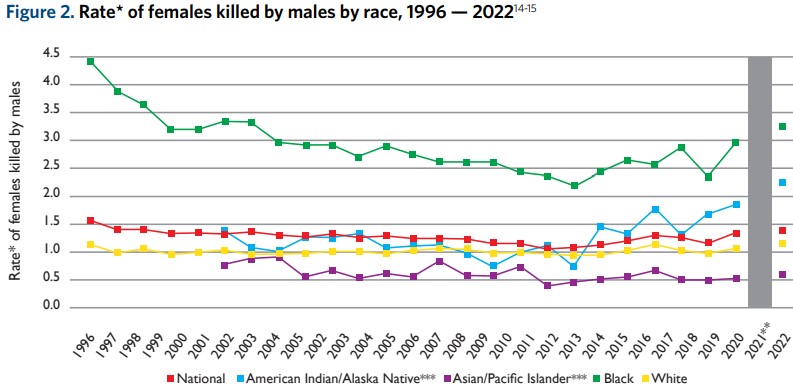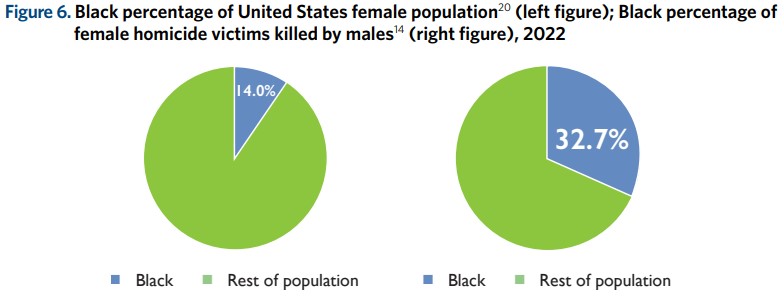
“I was about eight years old,” recalled Menickey, a domestic violence survivor.
“I went to a grocery store that was nearby and I just sat on the ground crying for hours until somebody called [for help]. They gave me food, and then they called [DFCS].”
The UCLA Pritzker Center for Strengthening Children, the Los Angeles County Department of Children and Family Services (DCFS), and domestic violence service providers collaborated on a new study examining the ongoing trauma impacting survivors of domestic violence (DV) and their children in the Antelope Valley (AV).
The study makes clear that survivors of domestic violence, also known as ‘intimate partner violence’ (IPV), struggle against numerous barriers, including isolation in navigation, lack of differentiation, racial bias, secondary traumatic stress (STS), financial strain, housing shortages, limited resources in transit, and service gaps for children.
Related Links:
The study, “Collaborative Reform in Child Welfare for Families Experiencing Domestic Violence in the Antelope Valley,” was funded by the Blue Shield Foundation of California, Van Nuys Charities, and Pritzker Foster Care Initiative.

“These findings present opportunities for reform to support survivors and their children experiencing domestic violence,” said Taylor Dudley, executive director of the UCLA Pritzker Center.
“We are inspired by Los Angeles County’s commitment to this work and look forward to ongoing shifts in practice that help families stay safely together.
“The UCLA Pritzker Center has a twin mission,” she continued, “to prevent the need for foster care and to support system change. We do this through three primary strategies: research, education, and partnership.”
The study’s recommendations range from enhancing and increasing the scale of collaborative efforts, refining DV referrals, expanding mental health service and childcare access, and strengthening public transit in the AV which requires collaboration across LA County departments, non-profit service providers, DV advocates, and parent survivors.
“As a public institution, UCLA makes a concerted effort to join hands with philanthropy, government, and community-based organizations,” said Tyrone C. Howard, co-director of the UCLA Pritzker Center and the Pritzker Family Endowed Chair in the UCLA School of Education and Information Studies.
“This research,” he continued, “examining domestic violence and foster care is one such example of coming together to enhance the social safety net for families in need. Sharing research relevant to the Antelope Valley has the potential to benefit all of L.A. County and other jurisdictions across the country.”

Sarah Perry is the CEO of Valley Oasis, a DV service provider in the Antelope Valley.
“The focus groups held for mothers who had experienced domestic violence and involvement with the Department of Children and Family Services provided a powerful platform for these women to share their personal experiences navigating systems as they began their journey toward recovery.
“These discussions,” she continued, “not only gave mothers a voice but will also serve to provide valuable feedback to policymakers, social workers, and service providers, helping to inform more comprehensive and effective approaches to domestic violence support and reunification efforts.”

Focus group member Brittany was in an abusive relationship for five years before receiving assistance.
“That last [incident] was very physical. I got beat and stabbed. Even if I wanted to pack up my three kids and all my stuff and leave, where would I go? I don’t know how to do that. [DCFS] really helped me sort it all out.”
Antelope Valley lies in the northern reaches of L.A. County about an hour from downtown. It includes the high desert cities of Lancaster, Palmdale, and surrounding communities, and encompasses more than 1,000 square miles.
To learn more, visit https://pritzkercenter.ucla.edu






